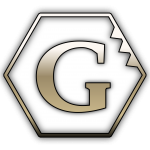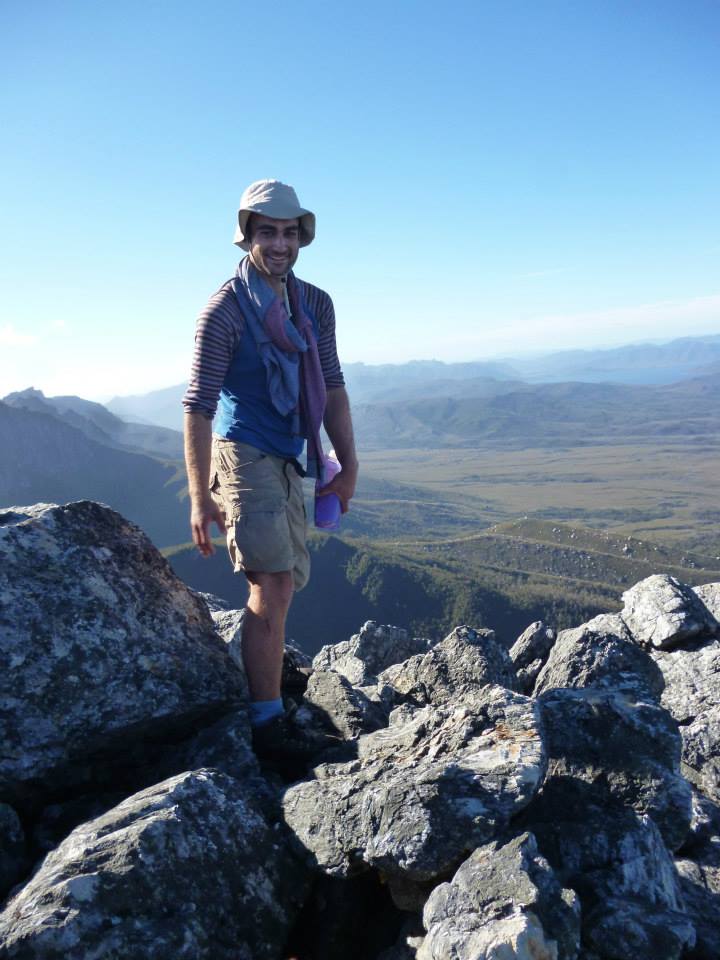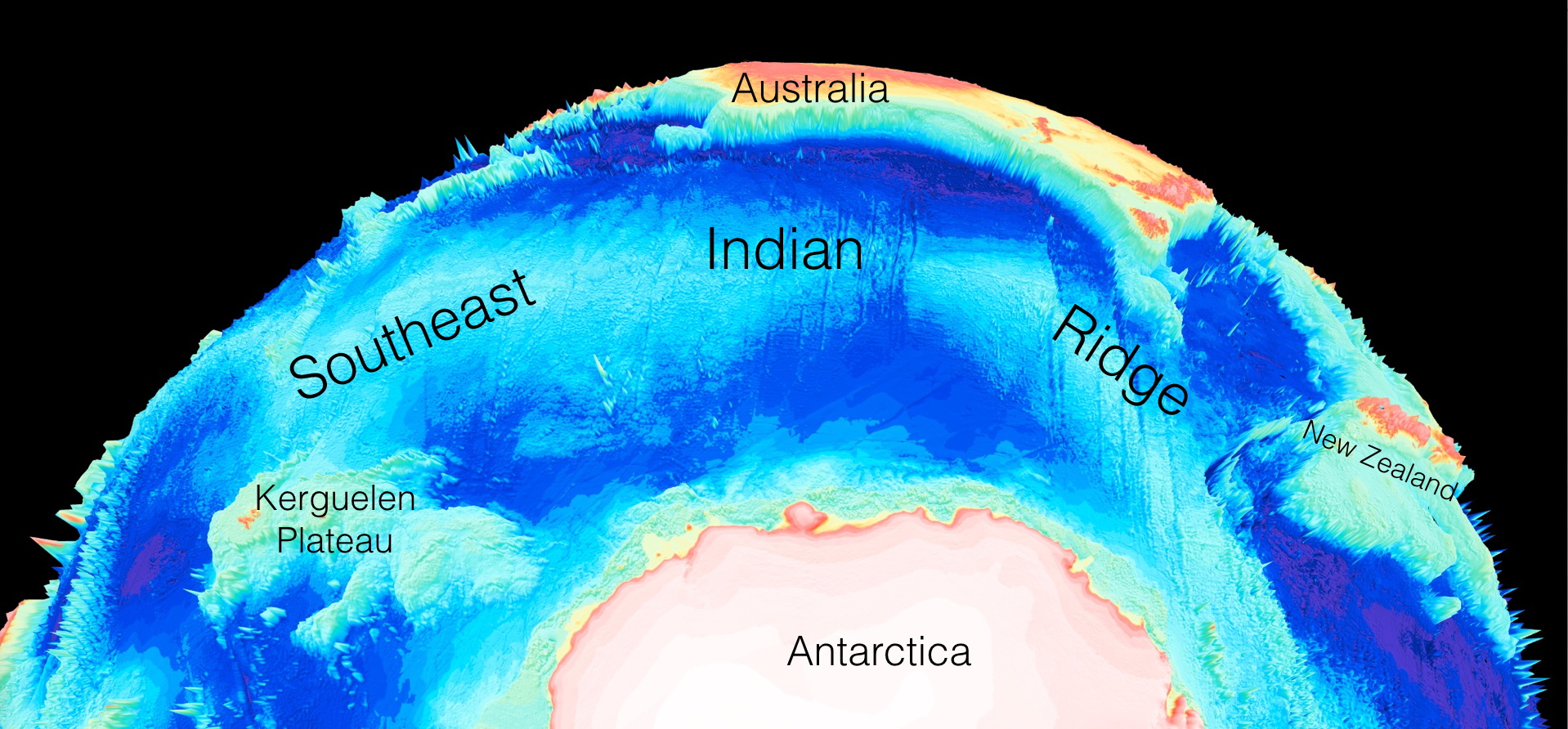
A team led by the University of Sydney School of Geosciences has found an 8,000-km long sediment pile-up in the middle of the Southern Ocean, making this feature unique in the world. Their study was published today in the leading international journal Geology. … Read more…

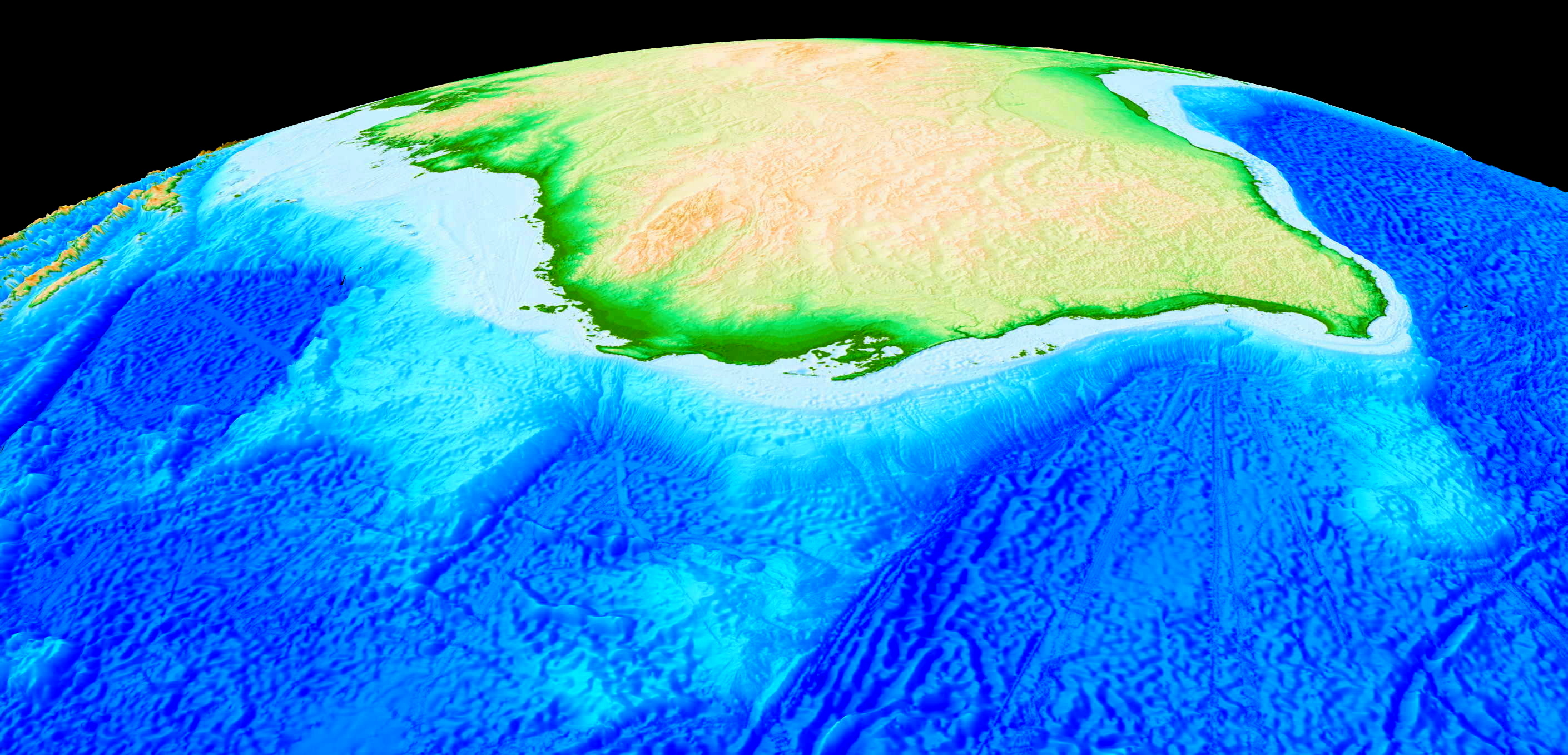
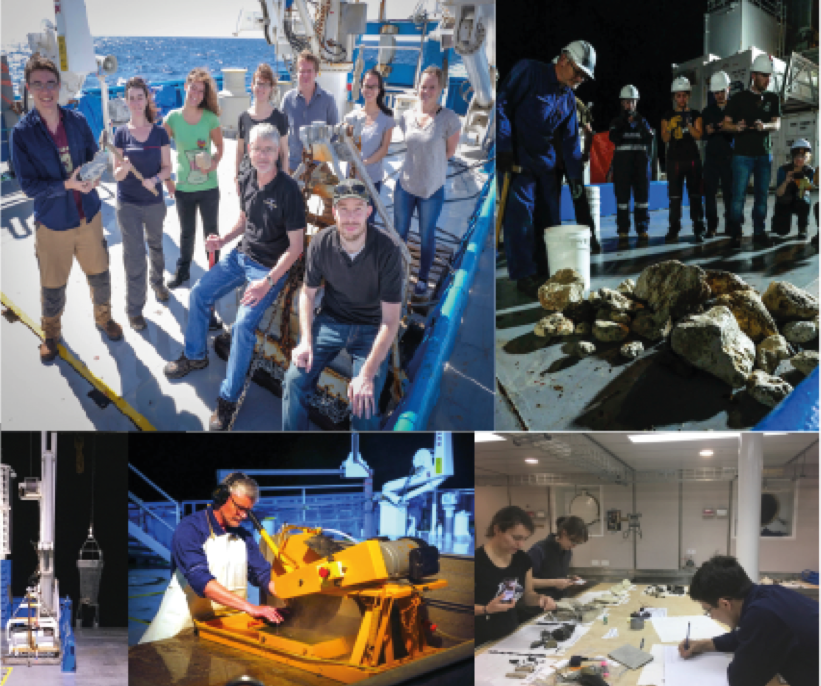

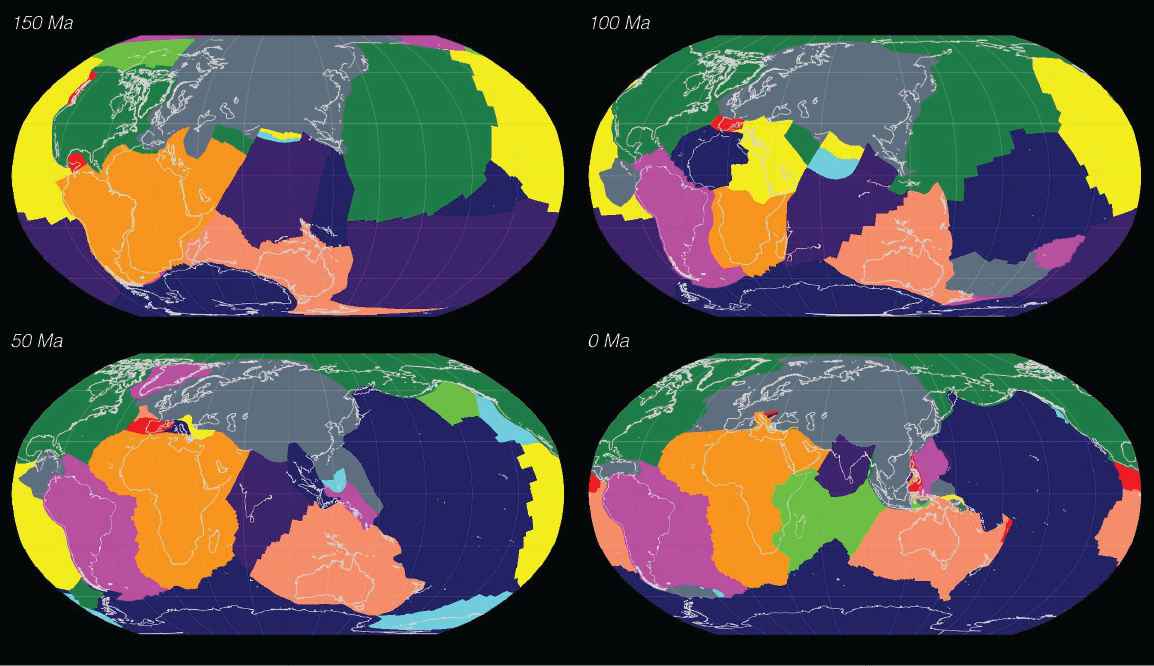
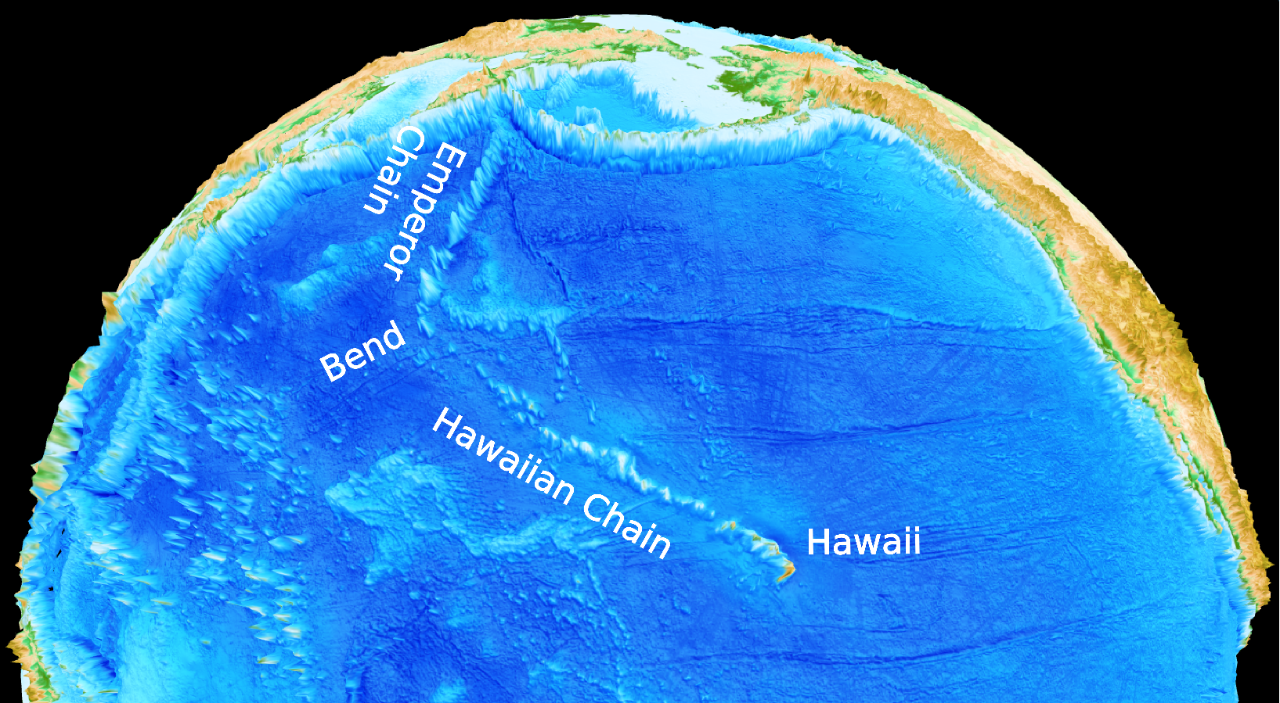
 Congratulations to Prof Dietmar Müller, Dr Nicolas Flament, Dr Kara Matthews, Dr Simon Williams, and Prof Michael Gurnis on their paper recently published in Earth and Planetary Science Letters. Their paper,
Congratulations to Prof Dietmar Müller, Dr Nicolas Flament, Dr Kara Matthews, Dr Simon Williams, and Prof Michael Gurnis on their paper recently published in Earth and Planetary Science Letters. Their paper, 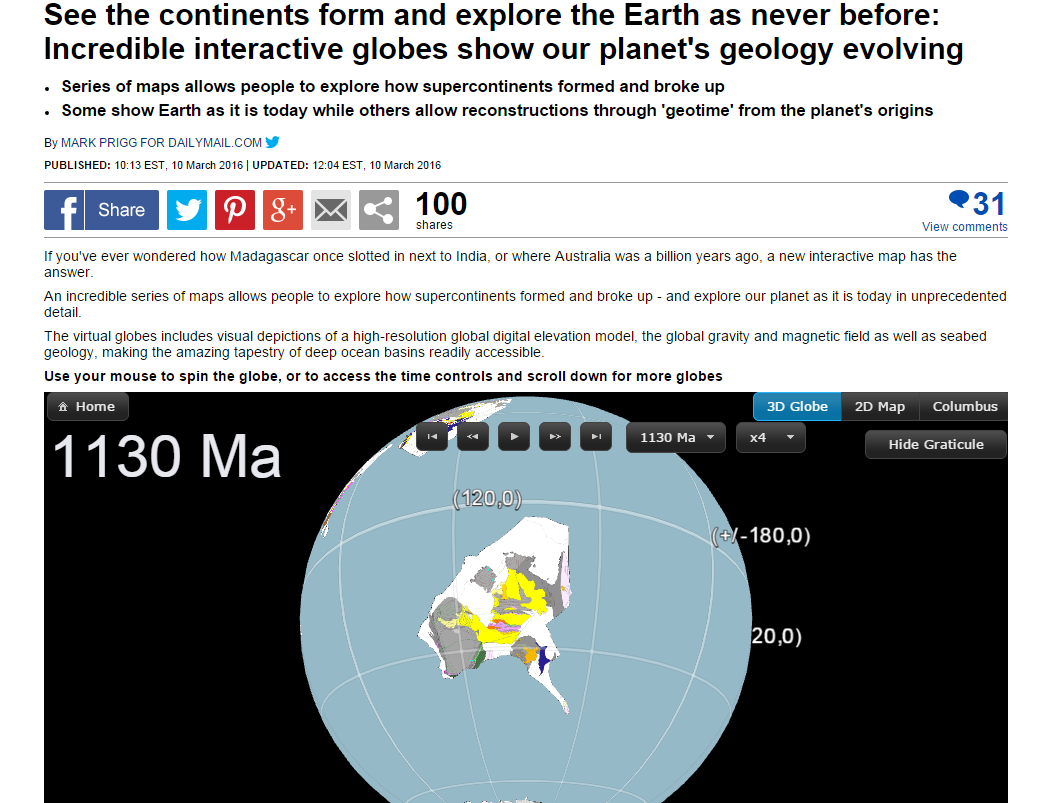
 The recent article on the GPlates Portal published in
The recent article on the GPlates Portal published in 



